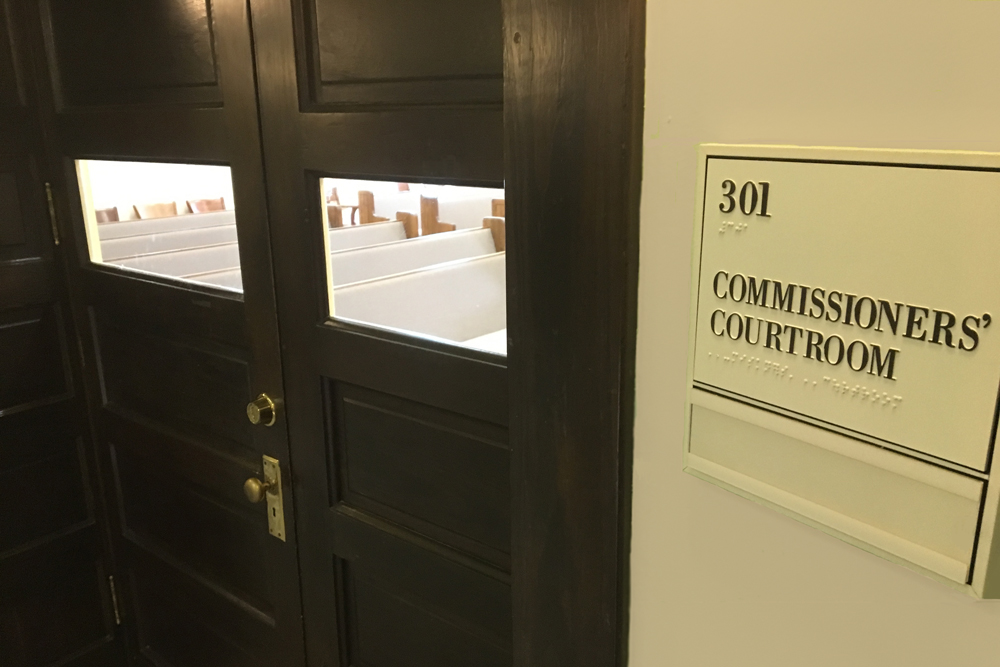
Hays County Clarifies Public Improvement District Bond Issuance Concerns
Staff Reports
On Feb. 25, the Hays County Commissioners Court held a public hearing on the La Cima Public Improvement District “proposed assessments to be levied against the assessable property.”
During the hearing, Hays County resident Rodrigo Amaya expressed concerns about the county adding debt to the county’s tax rolls for the “bond.”
“There is quite a bit of attention on that area as well as kissing tree,” Amaya said. “My understanding is that the county has over a $100 million taxpayers money invested in that, and most of these areas are not even of any benefit to citizens.”
Public Improvement Districts are special districts created by a county or a city under the authority of Chapter 372 of the Texas Local Code.
According to the law, it allows a municipality to charge a tax against properties within the designated area or district to pay for improvements.
Julia Houston, Hays County bond counsel with the Law Firm Orrick, said the district would provide improvements for streets, water and sewer and storm drainage and water quality.
The documentation states the total cost of the improvements is approximately $9.5 Million, but the PID bond issuance was for only $5.4 Million.
“This would approve a finite set of public improvements…to be constructed and financed through the landowners who live in improvement area #2 through their assessments,” Houston said.
Local municipalities and government entities, such as the counties, are required to be filed in the official public records of local governing entities by law.
PIDs are listed in the Hays County Budget under Public Improvement District Divisions in the ‘Bond Issues – Department.’
While the funds are shown as county debt, Hays County is not fiscally responsible for the debt accumulated through any development’s PID.
Commissioner Lon Shell said the bonds pay for the infrastructure within the neighborhood or section within the development’s overall PID; those who directly benefit from that infrastructure are responsible for covering the PID issuance.
“As the houses were sold or houses are built and sold, the assessments go to the owner of the property,” Shell said. “And they pay those similar to a tax.”
Shell said the assessments are included on the homeowner’s tax bill if they live within the improvement district, and an official notice is required to be given to the homeowner upon purchase of the property.
According to Mark Kennedy, Legal Counsel for Hays County, the county has not put any funds toward a development’s Public Improvement Districts; however, they have received right-of-way for the Centerpoint road connectivity project.






